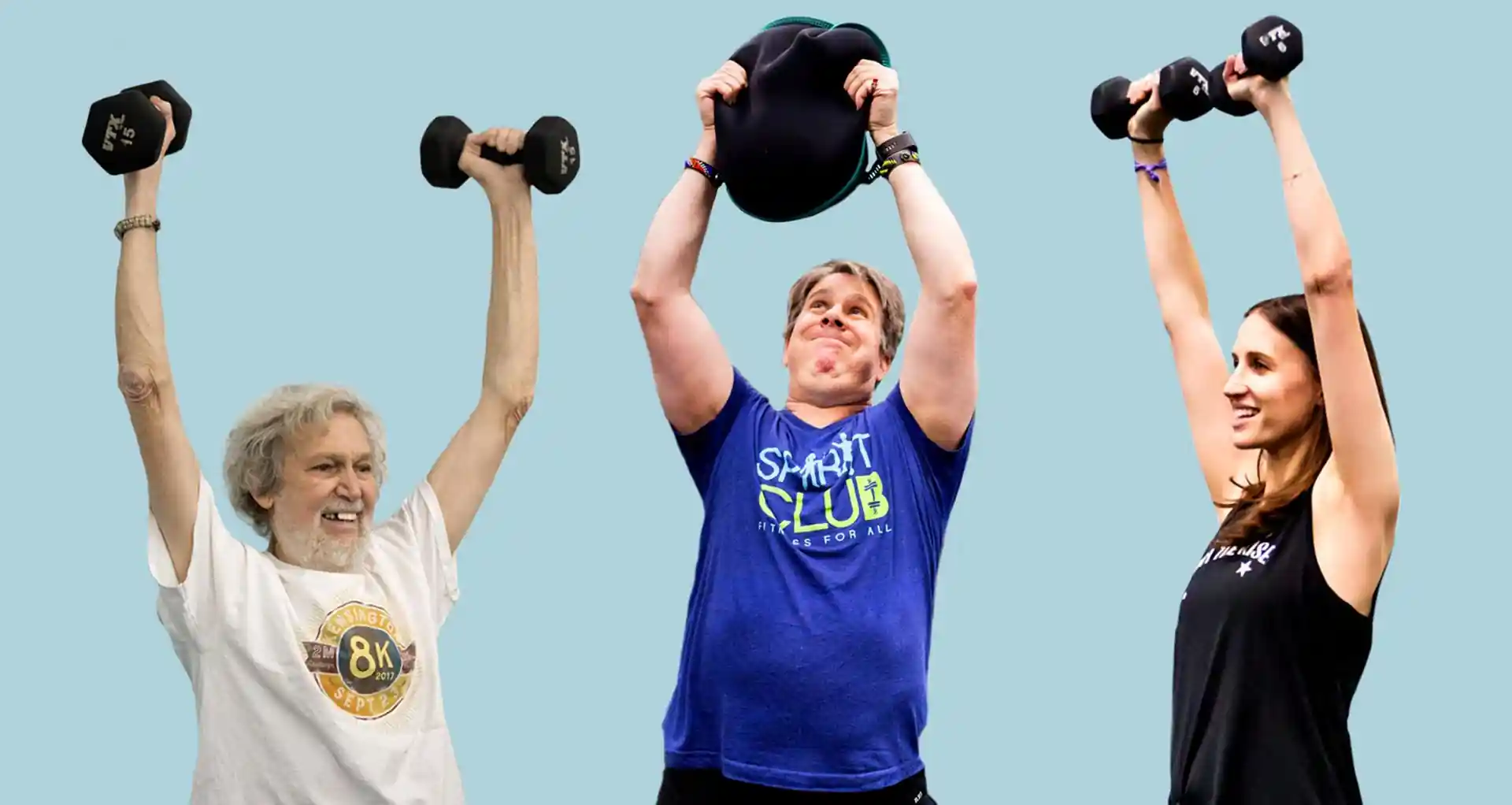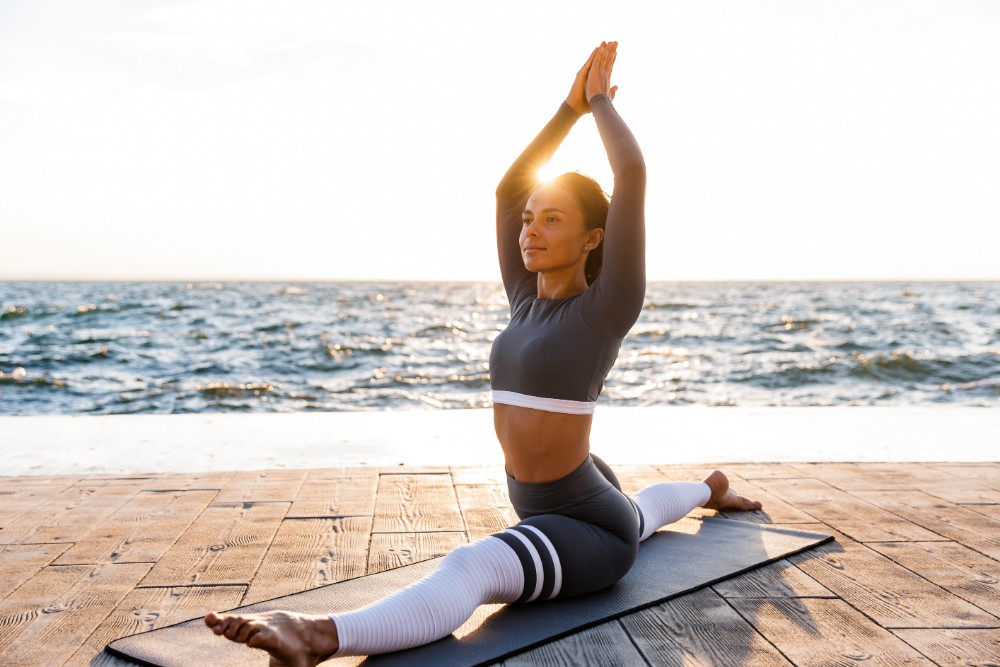Fitness for All
Fitness for All | Fitness is not reserved for a select few; it’s a journey that’s open to people of all ages, sizes, and abilities. In this article, we explore the idea that fitness is for everyone and provide guidance on how to embark on a path to better health and well-being, regardless of your current circumstances. Fitness for All
The Inclusivity of Fitness
Fitness is often portrayed with images of chiseled bodies and intense workouts, but the truth is that fitness is incredibly diverse and inclusive. It’s not about conforming to a specific body type or fitness level; it’s about embracing a healthier lifestyle that suits you.Fitness for All
Key Aspects of Inclusive Fitness
- Physical Activity: Engaging in physical activity is at the heart of fitness. It doesn’t matter where you start; what matters is that you start. Whether it’s walking, swimming, dancing, or chair exercises, the important thing is to move your body.
- Adaptability: Fitness can be adapted to suit your individual needs and limitations. Many exercises and routines can be modified to accommodate different fitness levels and physical conditions.
- Mental Well-Being: Mental health is an integral part of fitness. Reducing stress, enhancing emotional well-being, and fostering a positive mindset are equally important.
- Health Improvement: Fitness is about improving your health. It can help manage chronic conditions, boost your immune system, and promote overall well-being.
- Nutrition: Proper nutrition complements your fitness journey. It supports your energy levels and aids in the recovery and repair of your body.
- Consistency: Consistency is the key to progress in fitness. Making it a part of your daily routine is more important than the intensity of your workouts.
- Social Connection: Engaging in group fitness or sharing your fitness journey with friends and family can make it more enjoyable and help keep you accountable. Fitness for All
Practical Tips for Inclusive Fitness
- Start Where You Are: Don’t compare yourself to others. Begin at your current fitness level, and focus on your own progress.
- Set Realistic Goals: Set achievable, incremental fitness goals that align with your abilities and health objectives.
- Variety: Mix up your activities to keep things interesting and reduce the risk of burnout.
- Safety First: If you have health concerns or conditions, consult your healthcare provider before starting a new fitness routine.
- Enjoyment: Choose activities you enjoy. Fitness is more sustainable when it’s something you look forward to.
- Community: Seek out local fitness groups, classes, or online communities that align with your interests and values.
- Rest and Recovery: Allow your body time to rest and recover. Rest is essential for muscle repair and overall well-being. Fitness for All
Conclusion
Fitness is a journey that is open to everyone. It’s about embracing a healthier lifestyle and discovering the many ways to improve your physical and mental well-being. Remember that your fitness journey is unique to you, and it’s more about progress than perfection. By prioritizing inclusivity, adapting your fitness routine to your needs, and staying consistent, you can make fitness a part of your daily life that brings you joy, vitality, and better health. Fitness is for every body.






